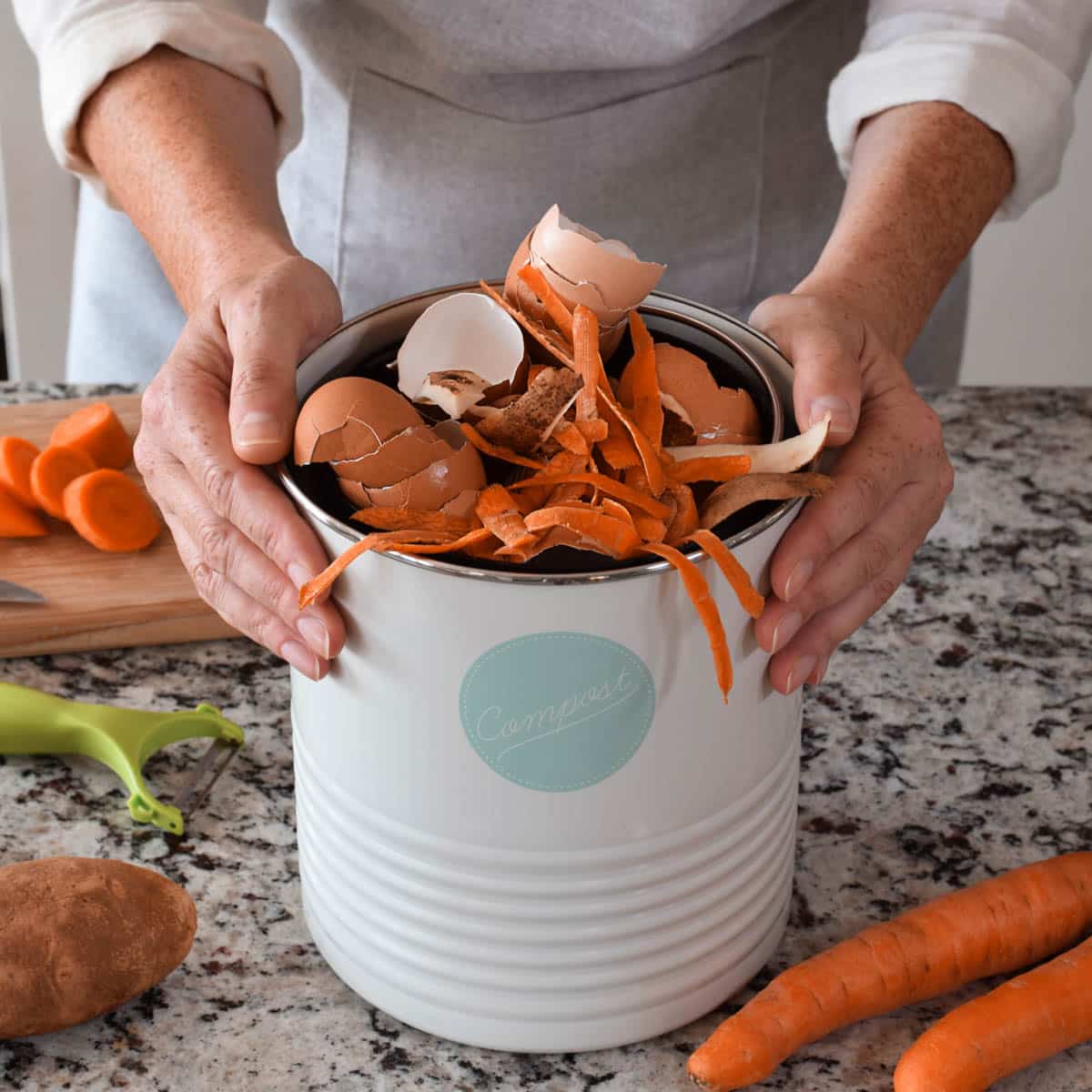Home Cooking Trends
Home cooking is back in a big way. After years of dining out and ordering in, people are rediscovering the joy of cooking at home.
There are many reasons for this trend, including a focus on healthy eating, a desire to save money, and a growing interest in culinary creativity.

Top 5 Home Cooking Trends
You might be surprised to know how much home cooking has evolved lately. Let’s take a look at the coolest trends making waves in kitchens around the world:
Plant-Based Meals
Whether for health reasons, environmental concerns, or just for a change, more people are embracing plant-based meals. It’s a fun challenge to make vegetables the star of your plate!
Gourmet Home Cooking
Yes, people are becoming gourmet chefs in their own kitchens. With a plethora of online recipes and cooking tutorials, it’s easier than ever to whip up a restaurant-worthy dish at home.
Virtual Cooking Classes
Since we’re spending more time at home, why not use it to pick up a new skill? Virtual cooking classes are a popular way to learn, connecting you with chefs from around the world without leaving your kitchen!
International Cuisine
The joy of home cooking includes traveling the world from your kitchen. From homemade sushi to comforting Italian pasta, the world’s cuisines are at your fingertips.
Meal Prepping
Busy schedules got you down? Meal prepping helps! Cooking and storing meals in advance saves time and reduces stress during the week.
| Trend | Description | Benefits |
|---|---|---|
| Plant-based cooking | Cooking with plant-based ingredients, such as fruits, vegetables, legumes, and whole grains | Can help you eat healthier, reduce your environmental impact, and save money. |
| Meal prepping | Cooking and preparing meals ahead of time. | Can save you time and money, and help you ensure that you’re eating healthy meals. |
| One-pot meals | Cooking meals in a single pot or pan. | Can save you time and energy in the kitchen, and help you eat healthier by making it easier to add plenty of vegetables to your meal. |
| Air frying | Cooking food with hot air instead of oil | Can help you eat healthier by reducing the amount of oil you use, and can also help you save time by cooking food more quickly |
| Instant Pots | Multicookers can be used to cook a variety of dishes quickly and easily. | Can save you time and energy in the kitchen, and can help you cook a variety of healthy meals. |
The Intersection of Home Cooking Trends and Mindful Eating
In today’s fast-paced world, the intersection of home cooking trends and mindful eating is becoming increasingly significant.
As people strive to nourish their bodies and embrace a healthier lifestyle, they are looking for ways to align their cooking practices with mindful eating principles.
This involves cultivating a deeper connection with the food we consume, savoring each bite, and being present in the cooking process.
Home cooking trends that prioritize whole, unprocessed ingredients, plant-based options, and conscious portion sizes align perfectly with the principles of mindful eating.
By embracing these trends, individuals can not only enjoy delicious and nutritious meals but also develop a more mindful and balanced approach to their overall well-being.
Home Cooking Gets a Tech Upgrade
Technology is transforming home cooking in some pretty amazing ways. Smart appliances and innovative kitchen gadgets are turning everyday cooks into kitchen whizzes.
- Smart Appliances: With appliances that you can control from your phone, cooking has never been easier. Forgot to preheat the oven? No problem. Just set it from your phone!
- Air Fryers and Instant Pots: These gadgets have made home cooking fast and simple, without skimping on taste.
- Cooking Apps: They’re like having a personal chef in your pocket. Step-by-step instructions, ingredient substitutions, and even grocery delivery—cooking apps have it all!
Ingredient food trends
As we whip up new recipes in our kitchens, it’s always exciting to discover fresh ingredients that not only add unique flavors but also pack a punch when it comes to nutrition.
Each year brings with it new food trends, often reflecting wider social, health, and environmental concerns.
From plant-based proteins to ancient grains, let’s take a culinary journey to uncover the top food ingredient trends of the year!
- Plant-based and Alternative Proteins: The demand for plant-based diets is increasing, leading to the rise of plant-based proteins like lentils, chickpeas, quinoa, and products made from these. Additionally, alternative protein sources like insects and cultured meat are gaining traction.
- Fermented Foods: Kombucha, kimchi, kefir, and sauerkraut have seen a significant rise in popularity recently. Fermented foods are known for their probiotic qualities which promote gut health.
- Functional Foods: Ingredients that provide health benefits beyond basic nutrition, like turmeric, ginger, and various superfoods (chia seeds, flax seeds), are becoming more mainstream.
- Regenerative Agriculture Products: Foods sourced from farms that prioritize regenerative practices to restore soil health and biodiversity are becoming more common as consumers become more aware of climate change and environmental issues.
- Low-Alcohol and Non-Alcoholic Drinks: There’s been a rise in beverages that have lower alcohol content or are completely alcohol-free, without compromising on taste and quality.
- Ancient Grains: Quinoa led the way, and now other ancient grains like amaranth, spelt, teff, and farro are in vogue due to their high nutritional value.
Sustainability and Zero-Waste: The Eco-friendly Home Chef

The kitchen is indeed an ideal space for adopting eco-friendly changes, and the shift towards sustainable cooking and zero-waste practices is a prominent trend among home cooks.
Embracing a “use it all” mentality, individuals are finding innovative ways to utilize every part of the food, such as repurposing carrot tops for pesto or transforming chicken bones into flavorful stocks.
Composting food scraps has also gained popularity as a means to reduce waste and create nutrient-rich soil for gardening.
Furthermore, choosing local and seasonal ingredients not only supports local farmers but also reduces the carbon footprint associated with long-distance transportation.
By incorporating these sustainable practices, home cooks can not only contribute to environmental preservation but also unlock a world of delicious and inventive culinary possibilities.
The Impact of Grocery Price Inflation on Home Cooking Trends
The impact of grocery price inflation has been significant in shaping the landscape of home cooking trends.
Rising food costs have compelled individuals and families to adjust their cooking habits and explore new approaches to managing their budgets without sacrificing flavor or nutrition.
Here are some key ways in which grocery price inflation has influenced home cooking trends:
Emphasis on Budget-Friendly Ingredients
As grocery prices continue to rise, there has been a heightened focus on utilizing budget-friendly ingredients in home cooking.
People are seeking out affordable staples like grains, legumes, and seasonal produce that offer both nutritional value and cost-effectiveness.
This shift has led to the popularity of recipes that are centered around inexpensive, readily available ingredients.
Thrifty Cooking Methods
With grocery budgets stretched, home cooks have become more resourceful in their meal preparation.
Thrifty cooking methods such as meal planning, batch cooking, and repurposing leftovers have gained traction.
These strategies help maximize ingredients and minimize waste, allowing households to make the most out of their grocery purchases.
DIY Approaches and Reduction of Pre-Packaged Foods
To combat rising food costs, individuals are increasingly opting for homemade alternatives to pre-packaged or convenience foods.
This trend has sparked a resurgence of DIY cooking, including homemade sauces, dressings, and baked goods.
By making these items from scratch, home cooks can save money while having more control over the ingredients and flavors in their meals.
Increased in Meal Prep and Portion Control
Grocery price inflation has spurred a growing interest in meal prep and portion control. By planning and preparing meals in advance, individuals can better manage their grocery expenses and avoid unnecessary food waste.
Portion control techniques, such as mindful serving sizes and utilizing leftovers for future meals, contribute to both cost savings and a more sustainable approach to cooking.
Focus on Plant-Based and Vegetarian Options
In response to higher meat prices, many individuals have embraced plant-based and vegetarian options as a cost-effective alternatives.
Plant-based meals tend to be more affordable and can still provide essential nutrients. This trend has not only contributed to a healthier and more sustainable diet but has also broadened culinary horizons by introducing new ingredients and flavors into home cooking.
Home Cooking: A Recipe for Health and Happiness
Finally, let’s not forget one of the best parts about home cooking: it’s great for your health! Preparing meals at home lets you control what goes into your food. Plus, the act of cooking can be therapeutic and stress-relieving.
But wait, there’s more! Home cooking also:
- Encourages healthier eating habits
- Fosters creativity
- Brings families together
Frequently asked questions about Home cooking trends
The Future of Home Cooking
As we look forward, it’s clear that home cooking isn’t just a trend—it’s a lifestyle. And with new trends, technology, and a focus on sustainability, there’s never been a better time to jump into the world of home cooking.
So, grab that apron, dust off those cookbooks (or, more likely, open up that cooking app), and get ready to create some culinary masterpieces at home.

Online Cooking for Beginners Course